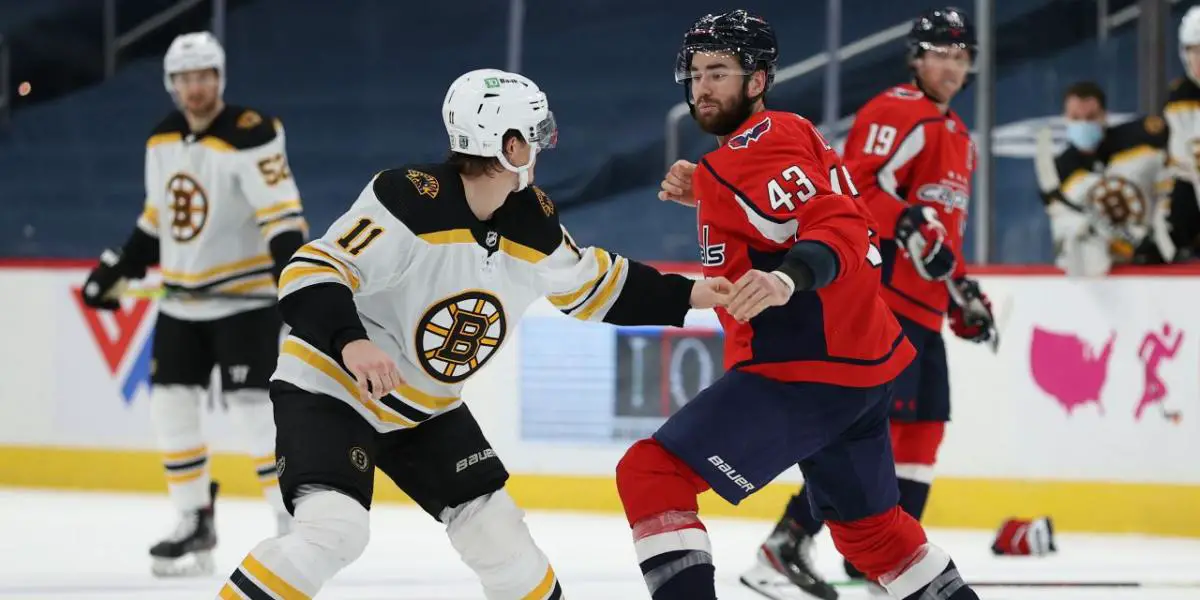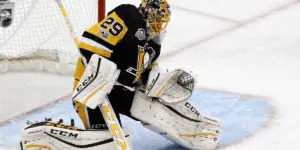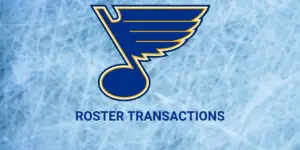
The QMJHL recently banned fighting ahead of the 2023-24 season. This move was influenced by the provincial government in Quebec and QMJHL officials, too. Are we in an era of hockey that will attempt to minimize fighting as much as possible?
On Thursday, August 10th, the Quebec Major Junior Hockey League officially banned fighting, effective immediately. Some of the things that you need to know are listed below:
- Anyone engaged in a fight will be automatically ejected from the game.
- Any player who is deemed to have instigated the fight is automatically given a one-game suspension.
- Any player who is deemed to have been the aggressor during the fight will receive a minimum two-game automatic suspension.
- Players who are involved in multiple fights in a season will receive automatic suspensions beginning with their second fight, alongside other things listed in the new rules.
Analyzing the Situation
Banning fighting in hockey is a massive issue, especially for leagues that have included fighting within their history. The NCAA has rules against fighting and always ensures fighting stays out of the college game. While the argument can be made that players out of the NCAA are “softer” than other leagues, they have certainly policed fighting in their league in a highly effective manner.
The Western Hockey League has rules against ” staged fights,” and the Ontario Hockey League will suspend players who fight too often. So, why should the QMJHL immediately go as far as banning fighting as a whole?
Since the QMJHL is so gung ho to ban fighting, they should ask themselves if they might be dealing with more players on cheap shots and dirty hits on potential score setting. While the QMJHL claims this is a safety protocol, physical violence on the ice has its pros and cons. Clearly, the QMJHL is adamant about players resorting to cheap and dirty hits to settle scores. Fighting at any level should serve the purpose of strictly policing anything on-ice that is considered dirty.
The new QMJHL commissioner was adamant that the league would undergo a facelift and was certain to mention that fighting would be a part of that facelift. Whether or not the other CHL leagues and other leagues in hockey choose to follow the QMJHL’s moves remains to be seen. The facelift the QMJHL received will likely receive heavy backlash and criticism from fans on either side.
Does Banning Fighting Make The League Safer?
While banning fighting, in theory, makes the game of hockey safer, it doesn’t serve that purpose at the same time. Fighting and rough play have been so ingrained in the sport that it’s hard to see a day where fighting is completely removed. Essentially, if you take out fighting, you have to take out hitting, which will be physically (no pun intended) impossible.
While safety is at the root of the move, it is not making the game safer, as I previously mentioned. Yes, players between the ages of 16 and 20, the age range of QMJHL players, shouldn’t be fighting to advance their careers. The rough nature of the game should not be removed entirely, and removing the outlet that players use to police themselves makes for a more dangerous game.
Would This Benefit The NHL If They Did The Same?
No, simply put, this would not benefit the NHL if they followed in the QMJHL’s steps. Imagine a league where players like Tom Wilson, Chris Pronger, Nikita Kucherov, Corey Perry, Radko Gudas, and Brad Marchand got away scot-free. There would be players taking cheapshots and liberties on these players in revenge for their teammates.
While this would essentially eliminate the fighters and old-school players like enforcers, this doesn’t make the league safer in theory. The NHL can minimize fighting, but they shouldn’t completely take it out of the game. The negatives of taking out fighting in the NHL vastly outweigh the positives by a mile.
Final Thoughts
The QMJHL completely removed an aspect of hockey that almost every fan enjoys. The old phrase “I went to a fight, and a hockey game broke out” might become a tale as old as time. While the NHL has come a long way from the days of bench-clearing brawls to what it is now has made significant progress in terms of player safety. However, the players have a code, and they know when they break the code, the gloves must be dropped, and the player who breaks the code has to step up.

Samberg's Contract, Jets Outlook, Moose Watch, and Bombers Trouble (01) – Jacko Media
Discover more from Inside The Rink
Subscribe to get the latest posts sent to your email.



